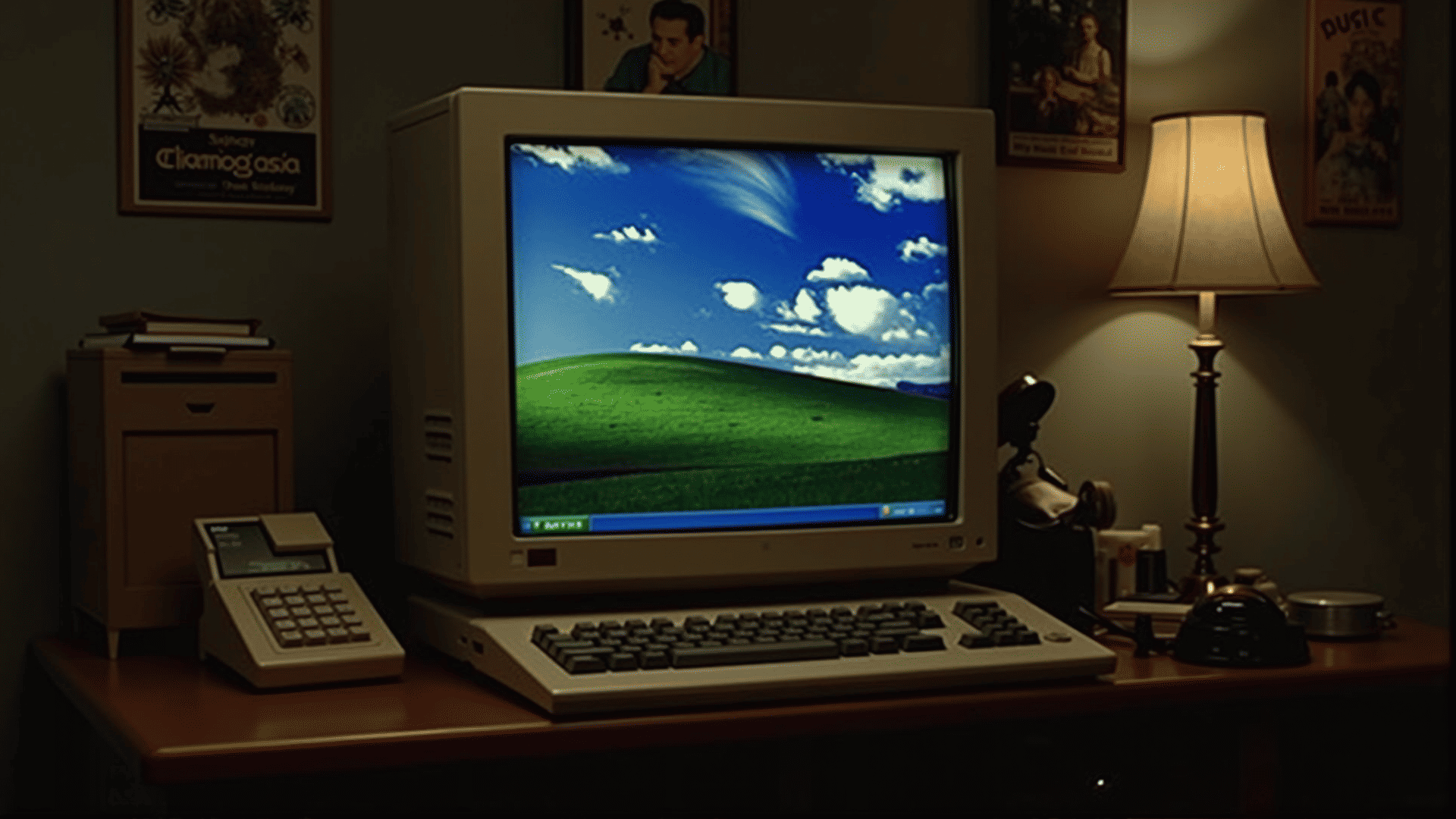Windows XP holds a special place in the hearts of many computer users around the world. Released in 2001, it was a groundbreaking operating system that combined functionality, efficiency, and user-friendly design in a way that captivated both personal and professional users. Despite its retirement by Microsoft in 2014, the nostalgic value and streamlined interface of Windows XP continue to draw enthusiasts eager to revive its classic charm. Today, with technological advancements, it's possible to bring Windows XP back to life with a modern twist.
The Allure of Windows XP
Windows XP earned its legendary status by being the first Microsoft OS to offer a user interface that was both novel and intuitive. With features like the Start menu, taskbar, and graphical interface, it allowed even novice users to navigate seamlessly. Gaming, productivity applications, and network connectivity were vastly improved, ensuring widespread adoption. Yet, as time has passed, newer operating systems outshined XP, boasting advanced security features and compatibility. However, those who fondly remember the pleasant experiences of working with XP are keen to revive its magic.
Modern Enhancements without Compromise
As we look to resurrect Windows XP, the key is to incorporate the ethos it represented, yet enhance it with updates that ensure security, compatibility, and efficiency. This involves several key strategies:
-
Visual Overhaul with Classic Themes: One of the most beloved aspects of Windows XP was its vibrant visual themes, especially the default "Luna" theme. By using modern skins and themes, the operating system can retain the iconic XP look. Applications like Classic Shell and Stardock can recreate the beloved Start menu design. Custom wallpapers, sounds, and icons can also be installed to mimic the XP aesthetic while providing the functionality of modern designs.
-
Enhanced Security Measures: One of the core reasons for moving on from Windows XP was its lack of robust security measures by today's standards. Integrating modern antivirus software and firewalls is essential. Additionally, using virtualization on platforms like VirtualBox or VMware allows users to explore the XP interface safely within a contained environment, sidestepping many security concerns related to direct internet exposure.
-
Compatibility Improvements: Many nostalgic programs and games designed for XP often face compatibility issues in newer operating systems. Leveraging compatibility layers like WineHQ for Windows or similar software can bridge the gap, allowing these legacy applications to run smoothly on a more modern backbone.
-
Performance Boosts through Hardware: The hardware constraints of early 2000s PCs are a thing of the past. On modern equipment, XP-inspired systems can benefit from faster processors, larger RAM, and SSDs for quick boot times and performance, even when running emulations or virtual machines.
-
Hybrid Operating Systems: For those eager to combine the best of both worlds, Linux distributions themed after Windows XP, such as ReactOS, offer an open-source alternative. These distributions mimic the XP environment but operate with modern underpinnings, providing a unique blend of nostalgia and present-day competence.
A Community-Centric Revival
The passion for Windows XP transcends individual enthusiasm, flourishing in communities that collaborate, share tips, and engineer solutions to breathe life back into this classic. Forums, social media groups, and online communities serve as resource hubs for anyone keen to partake in this resurrection journey. Whether it's designing new themes, troubleshooting legacy software, or optimizing performance, the collaborative spirit echoes the very excitement XP once incited.
Conclusion
Reviving Windows XP is about more than reliving past computing experiences; it's a celebration of a milestone in the digital domain. By embedding modern technological advances while preserving its hallmark simplicity and charm, enthusiasts can create a bridge between the nostalgic ambiance of the early 2000s and the current era's technological prowess. This revival not only honors the legacy of Windows XP but also represents a commitment to preserving beloved aspects of digital heritage in an ever-evolving landscape.
